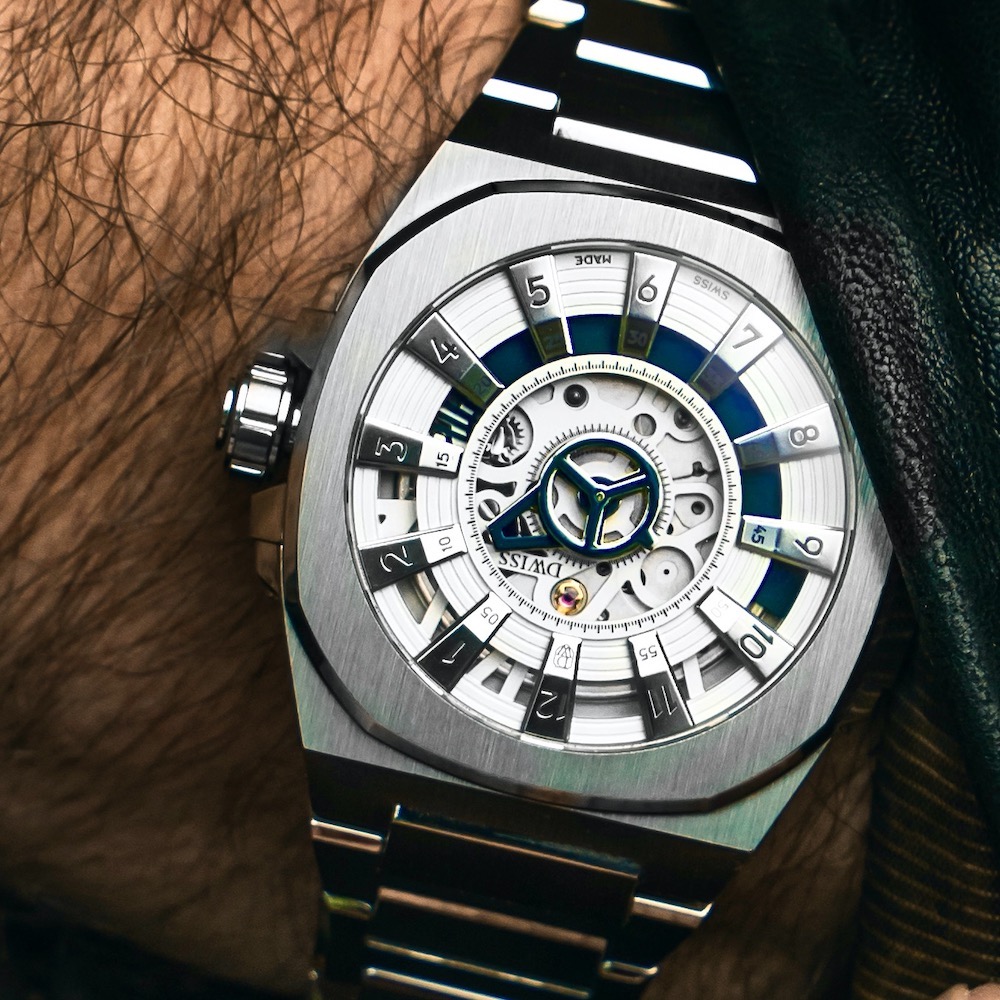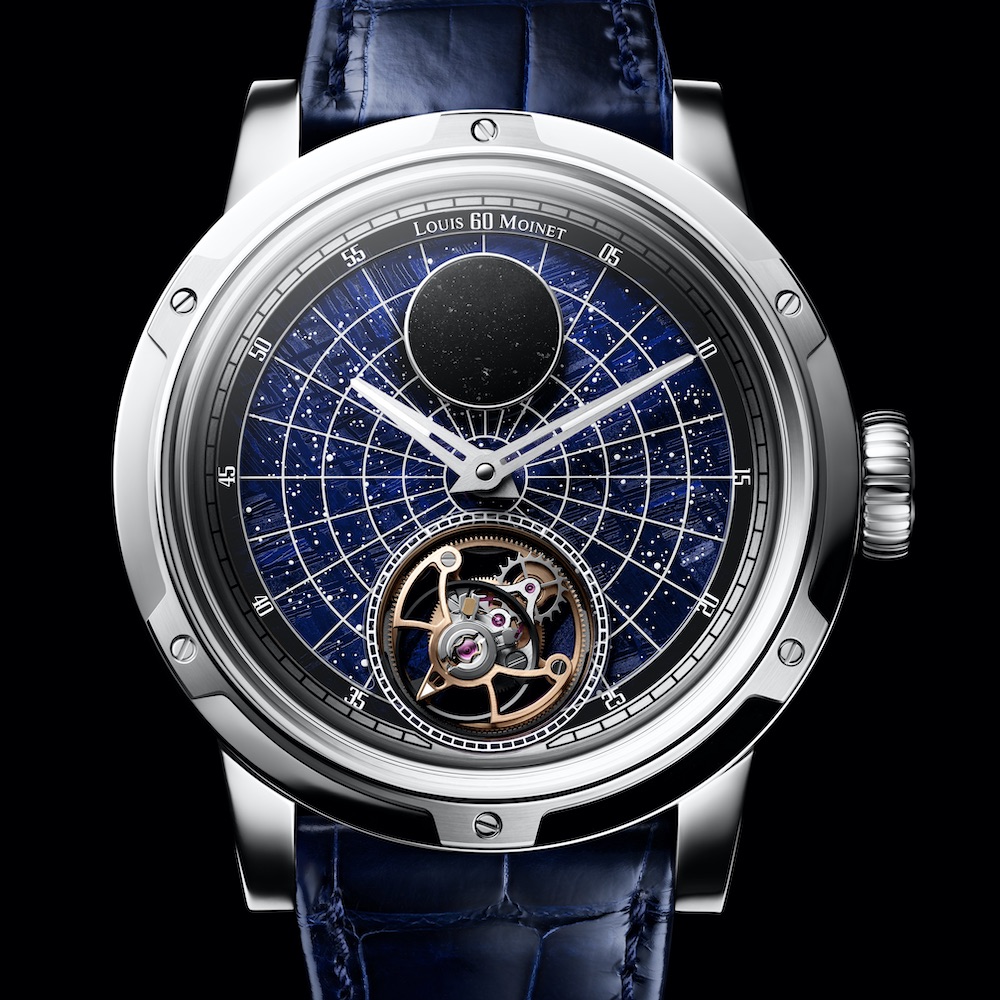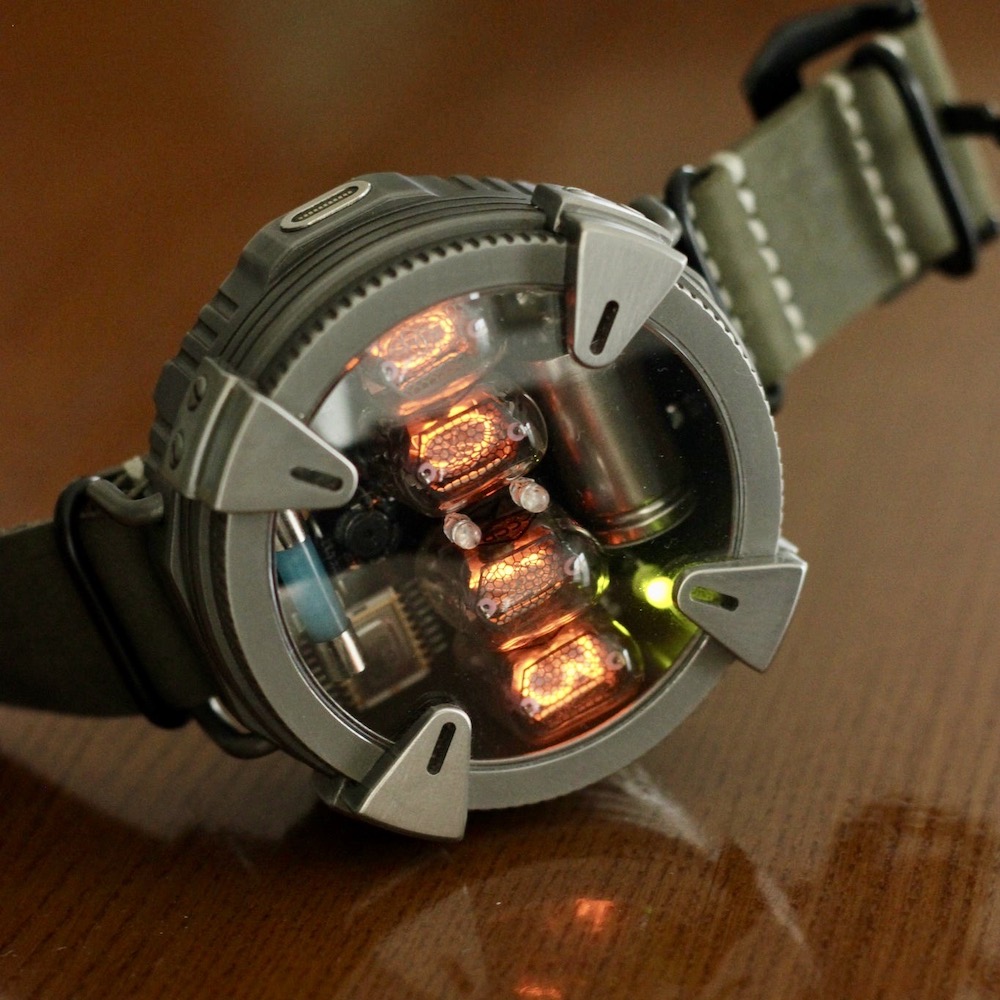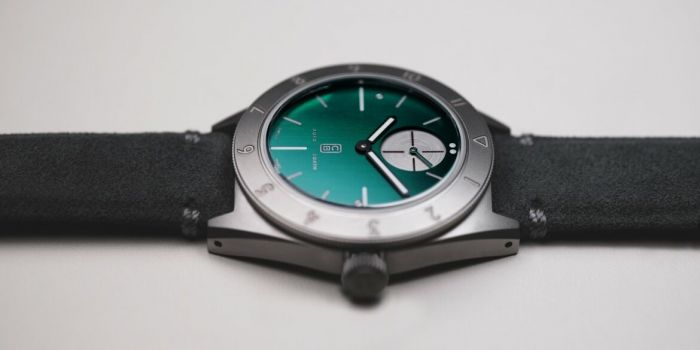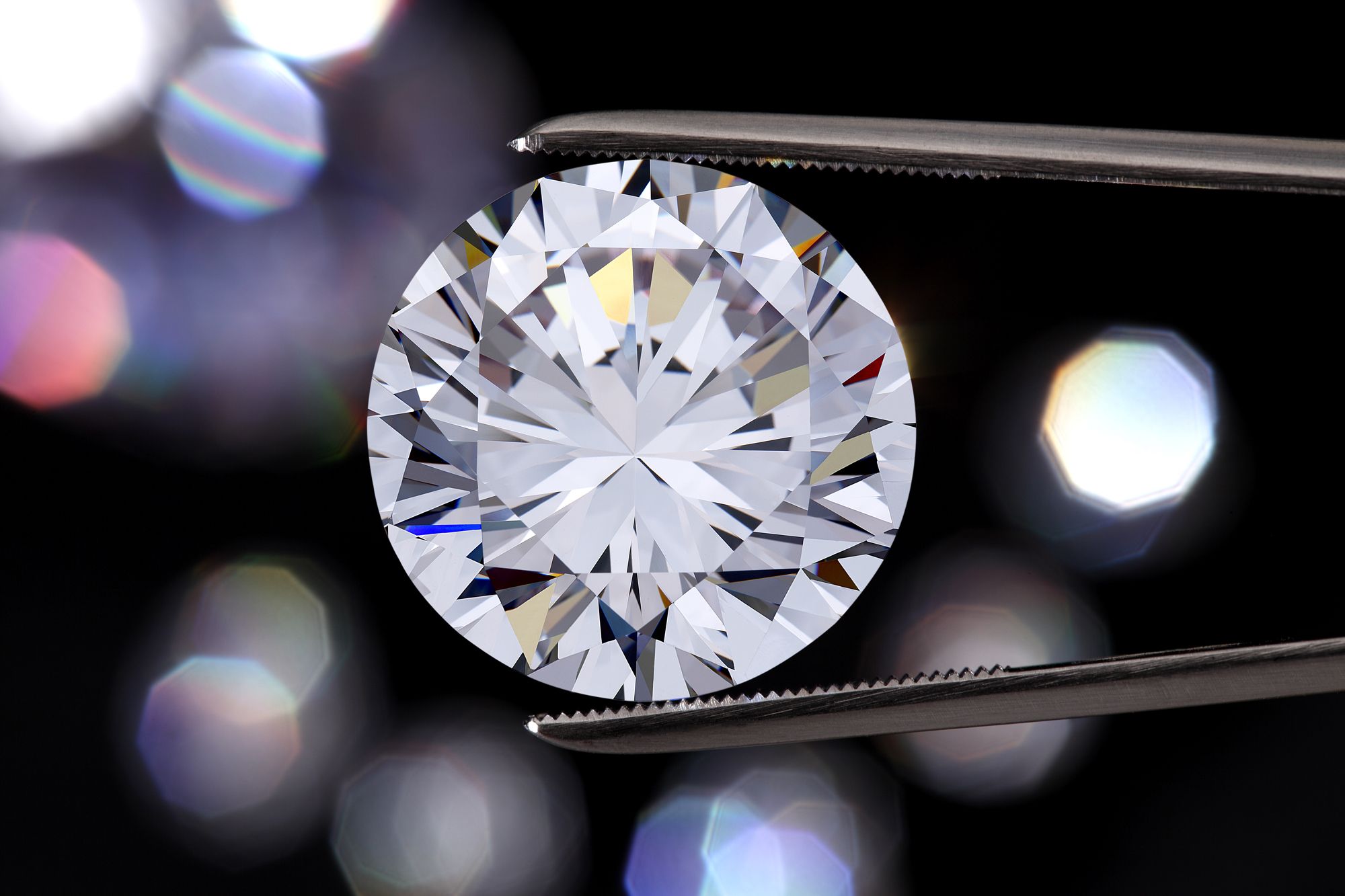
To say that women expect something sparkly this Valentine’s Day is an understatement. According to a 2016 survey conducted by the National Retail Federation, 54.8 percent of consumers will celebrate the holiday, with total spending expected to reach an all-time high of $19.7 billion. While candy, flowers and dinner are popular gifts, jewelry alone is expected to see almost $4.4 billion in sales. Add to that the estimated six million proposals that take place on Valentine’s every year, and it’s easy to see how jewelry is just another way of saying I love you.

Whether you’re looking to take the plunge and pop the question, or just surprise mom with something special to add to her Elizabeth Taylor-esque collection, you need to have a solid idea of how to shop for diamonds and gems. Most people have heard of the four C’s by now, but there’s much more than a series of numbers and weights that goes into finding the perfect rock for your Valentine. To gain a better understanding of how the industry, and the four C’s actually work, we went straight to the President and CEO of the International Gemological Institute, Jerry Ehrenwald.

As a senior accredited appraiser of gems and jewelry by the American Society of Appraisers, a graduate gemologist, and the inventor of the diamond laser inscription, Ehrenwald is one of the most respected and successful experts in his field. Having been in the business over 60 years, he’s a second-generation jeweler and started working with diamonds at the tender age of nine, cutting rough stones in his father’s workshop. “[My father] was helping in the jewelry industry in Vienna and had a job there when WWII came. He had to immigrate to America. In New York City he worked for a diamond polisher and then opened up his own diamond sawing plant. He became an independent contractor for the diamond trade,” he told JustLuxe. “My dad was a diamond sawer. I was the planner, I planned where that initial slice through the rough would go.”

While most of us aren’t lifelong diamond experts, anyone who’s ever purchased fine jewelry before knows the four C’s are the key to finding the perfect stone. “The four Cs are defined as the carat weight, the cut grade, the color grade and the clarity grade,” Ehrenwald said, noting immediately that one isn’t more important than the others, it’s merely a matter of preference. “It becomes subjective. All four of the C’s have an impact on the bearing—I wouldn’t say equally, but almost equally.” But how does each stone get its rating? And how can that affect what grade of stone you’ll be purchasing for your loved one?

Breaking down the four C’s into laymen’s terms, he explains the science behind how each stone is graded and given its rating—and it’s not as clear cut as we thought. “Of the four C’s two parts are somewhat subjective, which is the color grade and the clarity. This means anything we’re grading or being asked to issue a diamond grading report for, if it’s subjective we have no less than three concurring opinions,” he explained. For example, when trying to detect the color of a diamond, three graduate gemologists each give an independent report on the color of the stone. If all three reports match, the stone’s color grade is decided. If they vary, the study is repeated with three new scientists.

The color rating scale runs from D through Z, but most shoppers will be looking for something that is colorless, or within the D, E or F grade. “Once the color gets past the Z master diamond, then the color is so well saturated that it becomes beautiful. So that’s why we start calling anything after Z a fancy,” he explained. The light hued stones are the least valuable and become more expensive as the color becomes more vibrant. Gemstones on the other hand, follow a different grading scale entirely. “There is no internationally accepted standard for grading the quality of colored gemstones. Because the opinion on colored stones vary, one cannot say which stone is better of a particular species or variety,” he said. “We’ll issue a colored stone identification report but we won’t grade that one color is better than another. We’ll state what the color is and what the transparency is, we’ll state the clarity of the gemstone and we’ll state the tone of the gemstone.”

While the value of color may vary from stone to stone, carat weight and cut are invariable and can be scientifically proven based on a number of calculations and measurements. “The cut grade is an analysis of the proportions of the diamond to a database that shows if a stone is cut to excellent parameters,” Ehrenwald explained. “Meaning the depth percentage and the table percentage [the largest facet of the stone] is to the highest possible ratio that a diamond can be cut in which it will display the maximum amount of brilliance by way of reflection and refraction.” The shape of a stone also has a major impact on how much it will sparkle, anything too deep and light is lost inside the stone, anything too shallow and not enough light is captured. He suggests that a depth somewhere between 60 to 65 percent of the stone’s diameter is an excellent cut.

In the four C’s, the cut refers to the stone’s ability to interact with light, not the style of the rock, but the shape can also determine how brilliant or muted a gem could look. “The most expensive per carat shape is the round, so manufacturers usually try to create a round diamond because for the equal color, clarity and carat weight of other shaped diamonds, the round will always get the highest [cost] per carat if all other factors are equal,” he told us. As a round stone is perfectly symmetrical, it easily allows light to enter and bounce back, and will always be the most brilliant of any cut. Those who have their heart set on an emerald-cut pendant or heard-shaped ring should shop for the only the clearest and most flawless stones for a sparkle of comparable quality. “There’s no best [cut] because to one person a pear shape may be great and to another person an oval may be great,” he adds. Just be sure to keep your Valentine’s preference in mind.

Ehrenwald also notes that since the price of a diamond or gemstone is based on the four C’s this information should be gathered from a reputable source: an unbiased, independent, reliable gemological institute that does not buy or sell stones. “Some jewelers are very knowledgeable and know how to asses and reliably tell the consumer the four C’s of each particular diamond,” he explained. “But to know for sure and particularly when buying online, it should be adjoined with an independent report.” Legally, anyone with a gemological certification has the authority to grade a stone, whether their working alone out of their apartment or are part of a credible institute. For the best accuracy and most trustworthy information, he suggests only purchasing stones that have had their four C’s verified in an independent laboratory like the International Gemological Institute or the Gemological Institute of America.

Of course all this information is worthless if your loved one doesn’t adore the jewelry you’ve purchased. “Half of it is all the science behind it, but the other half of it is the emotional impact. When you look at this piece does it turn you on? When you look at two different stones and you have all the correct information based on the quality from the four C’s, you’re armed, you’re ready to go to town,” he laughed. If you can’t decide what your significant other would like (or they haven’t dropped any hits), Ehrenwald suggests looking to celebrities for clues. “In the last four to five years what we’ve seen walking down the red carpet is movie stars wearing fancy colored diamonds—beautiful pinks and yellows have been in vogue lately,” he noted. “Natural fancy colored diamonds are in fact in demand.”











